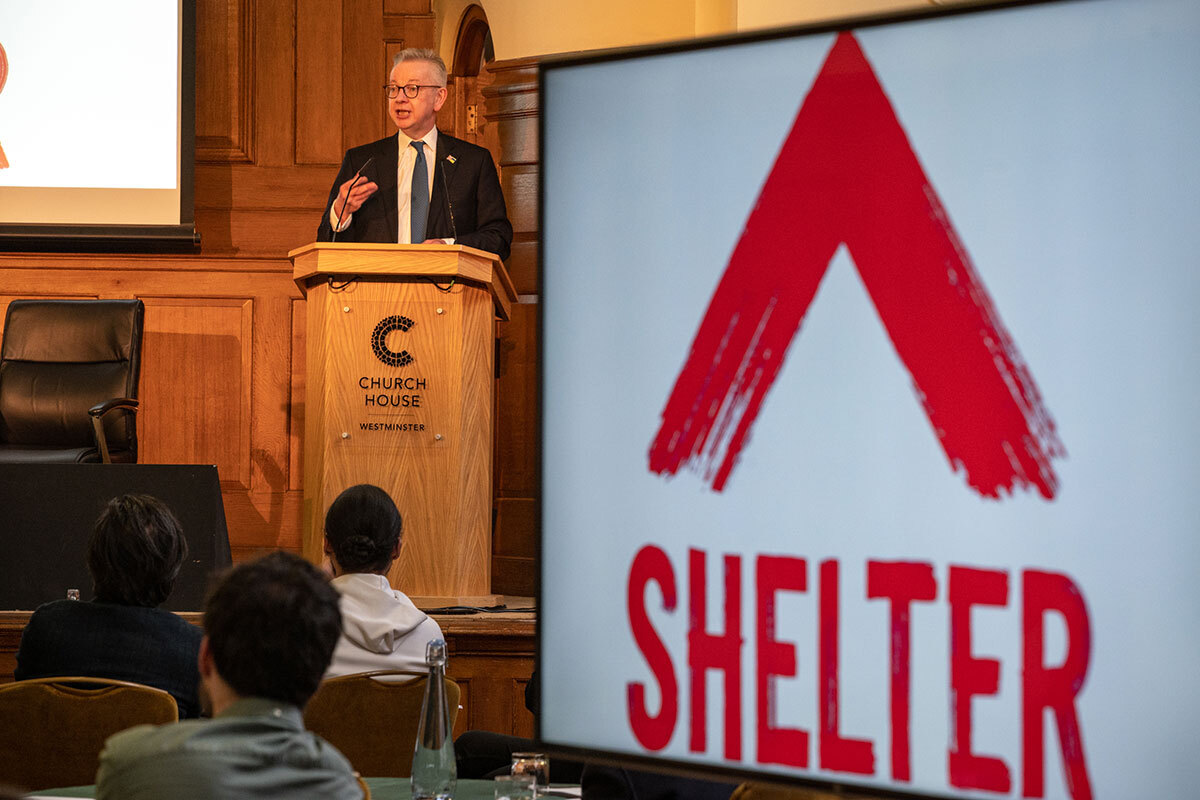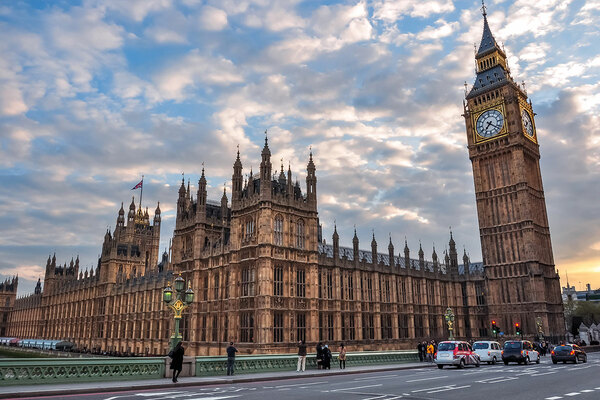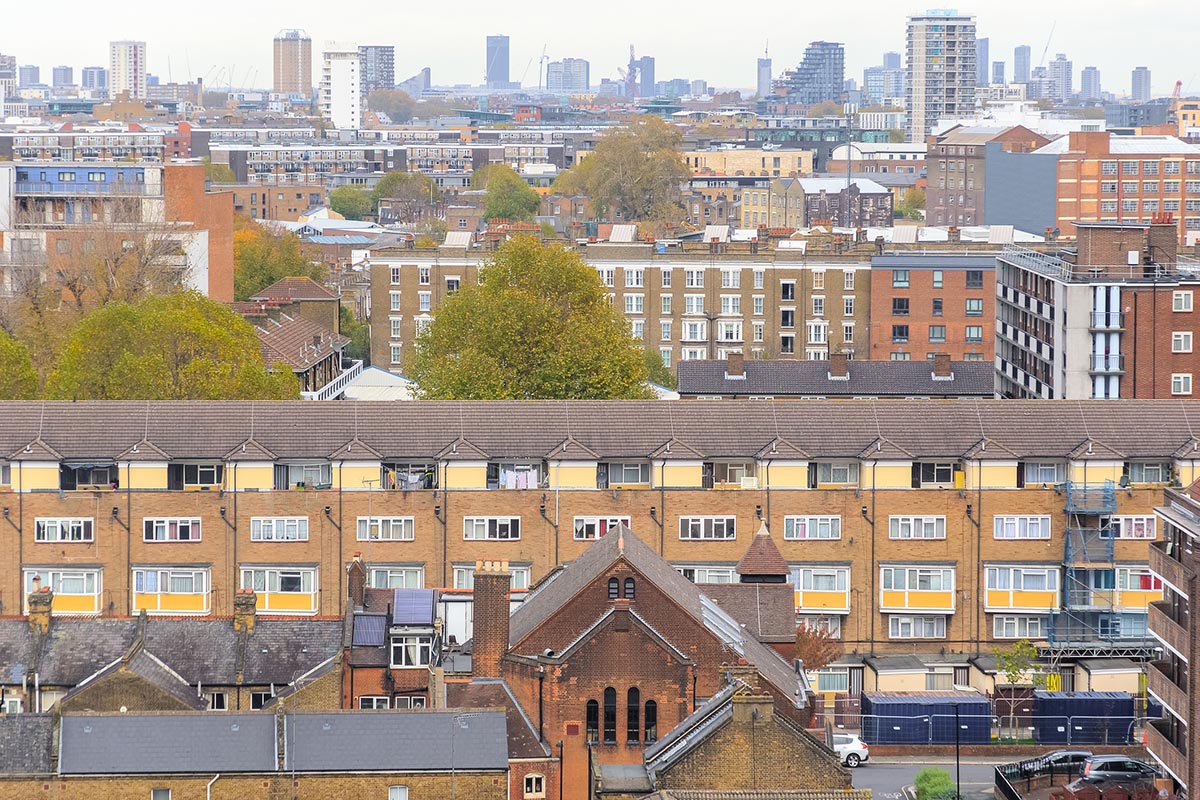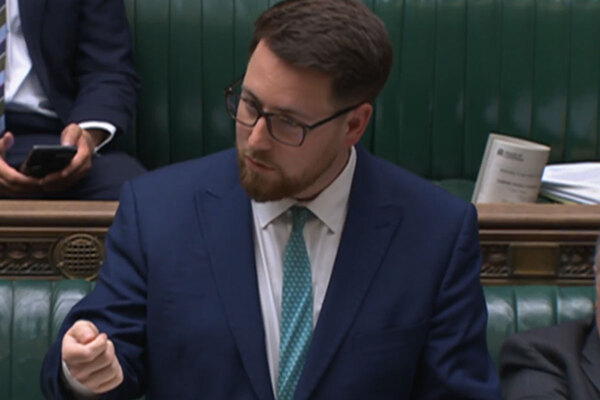You are viewing 1 of your 1 free articles

Jules Birch is an award-winning blogger who writes exclusive articles for Inside Housing
What will become of Michael Gove’s social rent housing ambitions?
The housing secretary’s comments build on the slow transformation away from Cameron-era marketisation. But there is a fork in the road ahead and it is not yet clear which route we will take, writes Jules Birch
Michael Gove’s challenge to “Thatcher-worshipping” Conservatives to want more social rented housing feels like another significant milestone in the party’s journey on the issue, but the final destination remains unclear.
Speaking at a conference organised by housing charity Shelter, the levelling-up secretary said he was exploring ways to increase support for social rent and change rules that restrict funding for it outside of the most unaffordable parts of the country.
He also admitted that previous Conservative policies have “tilted more towards a particular set of products that are not truly affordable and have not enabled housing associations and others to generate the housing at the social rent that they need”.
The speech followed a report in The Sunday Telegraph that he is set to scrap the Section 106 of planning contributions and replace it with an infrastructure fund that will pave the way for a “council housing explosion”.
John Rentoul at The Independent sees all this, plus his success in bullying developers into paying up for building safety, as evidence that Mr Gove will be a strong contender in the undeclared 2022 Conservative leadership contest.
At the same time, Telegraph columnist Liam Halligan, another speaker at the Shelter conference, argued that “council housing should be central to the Conservative brand” and that the party should shift subsidies from benefits to bricks.
Now, keen-eyed readers may spot the odd example of cognitive dissonance in this reversal of 40 years of Conservative orthodoxy.
After all, it was Margaret Thatcher who paved the way for a council housing implosion via borrowing controls, the Right to Buy and stock transfer.
It was her that made the switch from bricks and mortar subsidies to housing benefit and it was her who introduced the Section 106 system.
And it was Conservative-led governments since 2010 who scrapped funding for social rent even as they boasted about the number of ‘affordable’ homes they were delivering.
However, the switch has been brewing for some time. As far back as 2016, Mr Gove’s pitch for the Conservative leadership included a statement which said: “We need a national ambition to build 100s of thousands of new homes a year – both private and socially-rented – led by someone who will not take no for an answer and who will push for diggers in the ground and homes for all come what may.”
It is less than four years since Theresa May announced the scrapping of council housing borrowing caps at the Conservative conference, and the former prime minister told the Shelter conference that the government should do more to build local authority capacity.
And the reverse ferret on council housing and social rent is completely consistent with the central mission of Mr Gove’s department: to level up regional economies that it spent the 1980s and 1990s dismantling.
All that said, there are still substantial barriers to change.
First, there are traditional Conservative attitudes. While there have always been local Conservative supporters of council housing, thinktankers interviewed in the Telegraph were less than enthusiastic and concluded that “a real return to Thatcherism” would be extending the Right to Buy to housing association tenants.
On the same day as Ms May was announcing the end of the borrowing caps, a certain Boris Johnson was telling a Conservative fringe meeting that council housing is the cause of poor housing conditions and that the Right to Buy is the cure.
The tensions between these two schools of thought ran right through the 2018 green paper that framed social housing as both a safety net and a springboard to homeownership.
Second, the practicalities. Are we really meant to believe that replacing a Section 106 system that funds up to half of affordable housing with an infrastructure levy that will finance a whole range of infrastructure projects will mean a “council housing explosion”?
Section 106 is imperfect and cumbersome. Scrapping it might reduce planning burdens on individual projects and a levy might mean more money going direct to local authorities.
However, housing would have to join the queue for cash alongside education, transport, health and all the other local priorities.
And, cynical though we may have become about ‘affordable’ housing, the major source of funding for low-cost homeownership schemes could be lost in the wash.
Third, Treasury orthodoxy. That is what has underpinned the whole framework of controls on public borrowing and investment that has dictated the policies of the past 40 years.
Unless that changes, there is no prospect of a significant increase in housing investment and any switch to social rent will have to come at the expense of other forms of affordable housing.
Few Conservatives have argued that there should be no social housing at all. Even the most “Thatcher-worshipping” ones have advocated a minimal social sector restricted to the poorest and most vulnerable combined with the market for everyone else.
But Mr Gove’s argument that lower social rents would help more people save for a deposit to get on to the housing ladder only works when social housing is more widely available.
So, this is where we come to the fork in the road ahead: to the left, an expanded programme of social and affordable housing to meet a broad range of housing need; to the right, closed for now, more marketisation and the Right to Buy; straight ahead, more tinkering around the edges of housing problems that will just continue to get worse.
Jules Birch, columnist, Inside Housing
Sign up for our daily newsletter
Already have an account? Click here to manage your newsletters












